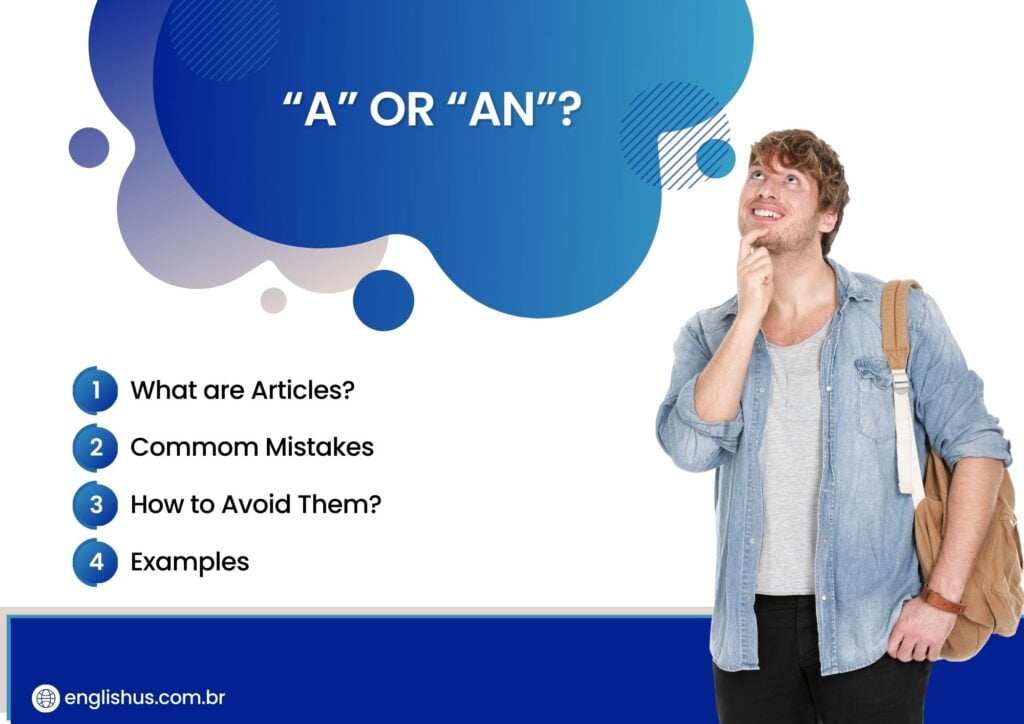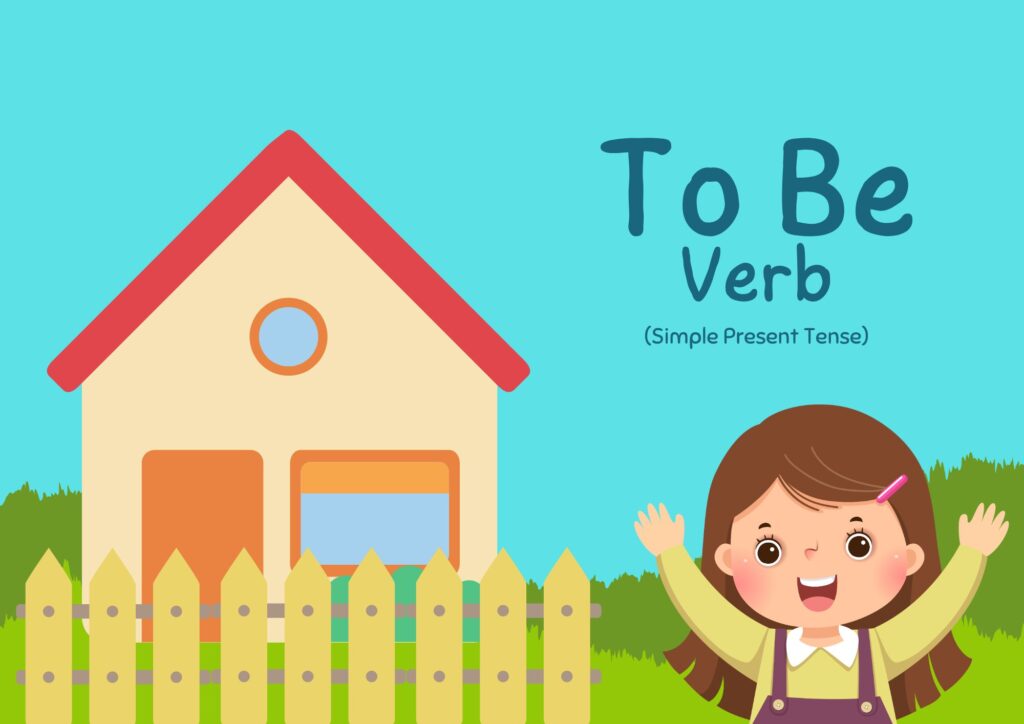Hello, EnglishUs readers! Today, we’re diving into one of the most important tenses in the English language: the Present Simple. This tense is essential for beginners because it’s used in many everyday situations. Let’s break it down together in a simple and fun way.
What is the Present Simple?
The Present Simple tense is used to talk about things that happen regularly, facts, and general truths. It’s the tense we use to describe routines, habits, and actions that are always true. For example:
- I drink coffee every morning.
- The sun rises in the east.
- She likes pizza.
How to Form the Present Simple
Creating sentences in the Present Simple is straightforward. You use the base form of the verb for most subjects (I, you, we, they) and add an “-s” or “-es” for third-person singular subjects (he, she, it).
- Positive Sentences
- I / You / We / They: Use the base form of the verb.
- I play soccer.
- You read books.
- We watch TV.
- They go to school.
- He / She / It: Add “-s” or “-es” to the base form of the verb.
- He plays soccer.
- She reads books.
- It watches TV.
- Negative Sentences
To make a negative sentence in the Present Simple, use “do not” (don’t) or “does not” (doesn’t) followed by the base form of the verb.
- I / You / We / They: Use “do not” or “don’t”.
- I do not (don’t) like broccoli.
- You do not (don’t) speak French.
- We do not (don’t) drive to work.
- They do not (don’t) play basketball.
- He/She/It: Use “does not” or “doesn’t”.
- He does not (doesn’t) like broccoli.
- She does not (doesn’t) speak French.
- It does not (doesn’t) rain here often.
- Questions
To ask a question in the Present Simple, use “do” or “does” at the beginning of the sentence, followed by the subject and the base form of the verb.
- I / You / We / They: Use “do”.
- Do I need a pen?
- Do you like ice cream?
- Do we have class today?
- Do they live in Paris?
- He / She / It: Use “does”.
- Does he play guitar?
- Does she know the answer?
- Does it work properly?
Common Mistakes and How to Avoid Them
- Forgetting the “s” or “es” for He / She / It
This is a common mistake. Remember to add “-s” or “-es” to the verb when the subject is he, she, or it.
- Incorrect: He play soccer.
- Correct: He plays soccer.
- Mixing Up Do / Does in Questions and Negative Sentences.
- Incorrect: Does they live here?
- Correct: Do they live here?
The Present Simple tense is a foundational part of English grammar. By understanding how to use it correctly, you can communicate more effectively in everyday situations. Remember to practice regularly, pay attention to details, and soon, using the Present Simple will become second nature.
For those of you looking to improve your English skills further, I recommend the ebook “Personal Development Through English Language“. It’s a fantastic resource that combines language learning with personal growth tips. Perfect for expanding your vocabulary and improving your overall English proficiency. For more information, click HERE!
Happy learning, and keep practicing!

